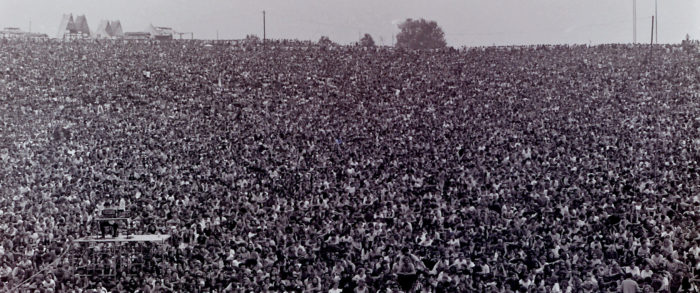
I grew up hearing a narrative about Roe v. Wade. Maybe you heard it too. It goes like this:
Abortion in America used to be illegal and socially frowned upon. Then, in 1973, the Supreme Court decided Roe v. Wade, forcing abortion on a predominantly pro-life culture in a radical act of judicial activism. Once abortions on demand were legalized, the number of abortions suddenly skyrocketed. Overnight, Roe v. Wade both legalized and normalized abortion, and if we are ever going to suppress the legal killing of unborn babies, we first need to take political action to overturn this decision. [2016 edit: And that’s why you need to vote for Donald Trump, since there’s an open seat on the Supreme Court].
As it turns out, this narrative does not reflect reality.
The Real Story of Roe v. Wade
Did you know that in 1972 (the year before Roe v. Wade) 600,000 legal abortions were performed in the United States? The year after Roe, 1974, had 760,000. More, yes—but not the sudden boom you probably expected.
In the early 1970s, there was an unstoppable momentum to make abortions legal in the United States. Eighteen states had already liberalized abortion laws in the years 1967–1972. In fact, the growth in the national abortion rate actually slowed down after the “landmark” 1973 decision! Rather than being the legislative catalyst for a radical cultural transformation, Roe v. Wade was simply the Supreme Court buckling under outside pressure. The cultural transformation had already occurred, and the politics followed suit.
So what really got pro-choice legislation on the books? I may be painting with a broad brush, but the social movements are well-known.
Recollections of the 1960s drip with images, songs, and films of sexual revolution. Lots of sex with lots of people + rejection of family structure = pregnancies that are not only unwanted, but basically unmanageable.
Culture is Upstream from Politics
I’ve claimed, with many others, that culture is upstream from politics. The abortion issue, being one close to my heart and close to the hearts of many evangelicals like me, is a great example of how we’ve misunderstood the path to a just society. The simple fact is, before the Supreme Court even had Roe v. Wade on its mind, the purveyors of popular culture were already laying the groundwork for an inevitable legislative change. We’d be better off to blame Woodstock rather than the Supreme Court for the legalization of abortion. I mean this completely literally.
The Supreme Court was not the impetus for legalized abortion, and jockeying for position on the Supreme Court should not be our ‘Hail Mary’ strategy against legalized abortion either. Among other initiatives (political PACs can be helpful, and the work of local non-profit pregnancy and adoption services is saintly), we absolutely must invest in upstream culture makers that provide an attractive alternative to the death-obsessed sexual message most pop culture continues to preach.
Being part of a family is actually wonderful. Having both parents around is a blessing. Sex inside of marriage is more enjoyable and more fulfilling. It’s really not a hard pitch. It’s easy to paint the picture because it’s true.
The long and short of it: Politicians (including judges) are beholden to their constituency, and the constituency is powerfully shaped by the art of popular culture. This is merely one aspect of the importance of art that serves the world and the church with truth, goodness, and beauty—with honesty, creativity, and depth. This is merely one reason why you should support it.
*******
I pulled many thoughts and statistics from William Wichterman’s essay “The Culture: ‘Upstream’ from Politics.”

